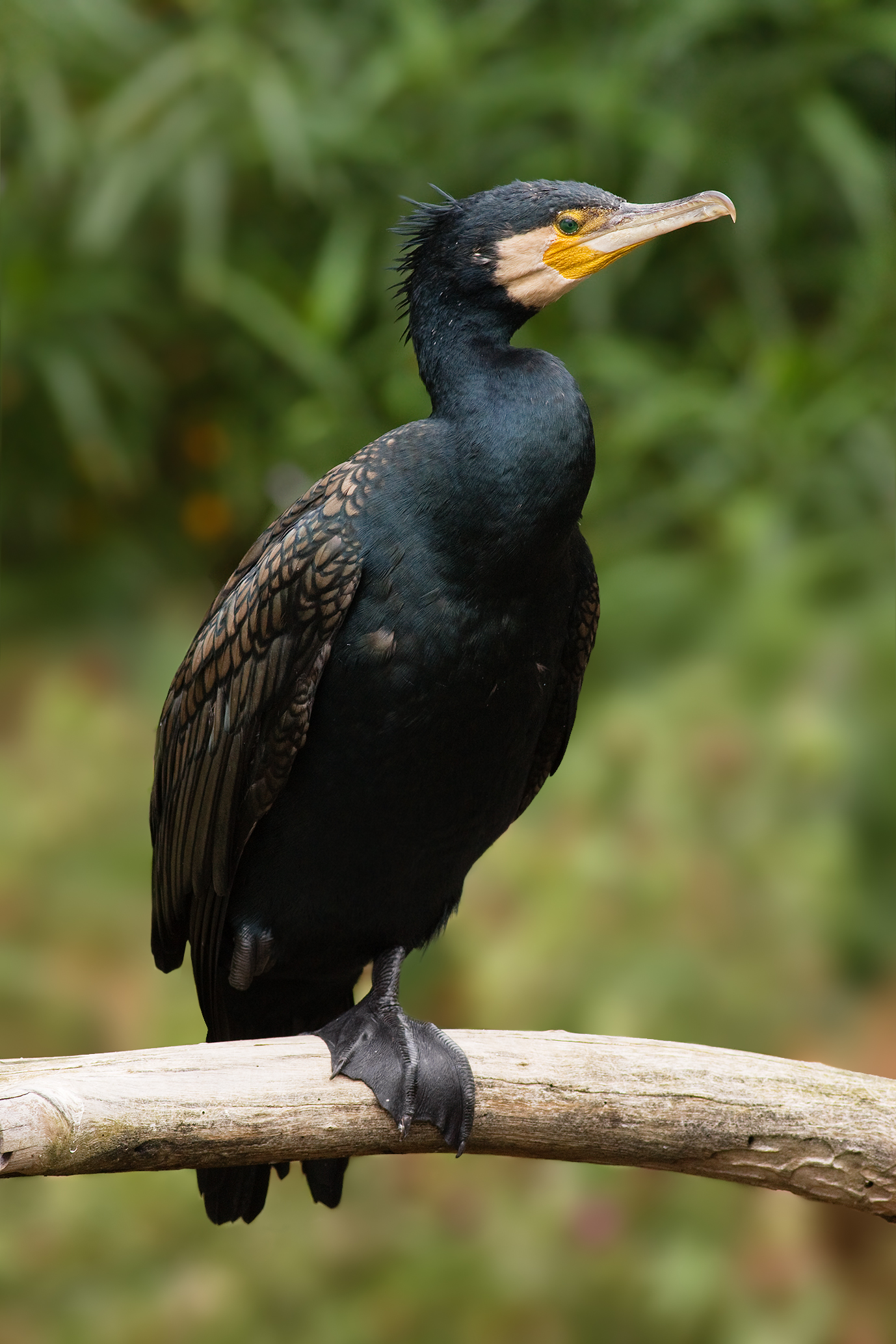|
Tūhoe–Ngāti Tūwharetoa War
The Tūhoe–Ngāti Tūwharetoa War was a conflict which took place on the east coast of Lake Taupō in the central North Island of New Zealand in the mid- to late eighteenth century, between the Tūhoe iwi of Te Urewera and the Ngāti Tūwharetoa iwi of Lake Taupō. The war was sparked by “the seen face of Taihakoa in Ruatahuna,” an incident in which a Tūwharatoa ''rangatira'' intervened in a conflict between Tūhoe and Ngāti Whare. Tūhoe responded with a large-scale invasion of the east coast of Lake Taupō, in which they captured a number of Tūwharetoa settlements at Pākā Bay. A Ngāti Tūwharetoa counter-attack was defeated at the Battle of Orona with large casualties. After this, the elderly paramount chief of Tūwharetoa, Te Rangi-tua-mātotoru, who had remained aloof from the conflict, negotiated a peace which was confirmed at Ōpepe shortly thereafter. In the aftermath of the war, Ngāti Tūwharetoa joined up with Ngāti Maniapoto and wiped out a group ... [...More Info...] [...Related Items...] OR: [Wikipedia] [Google] [Baidu] |
Pākā Bay
Pākā Bay, formerly called Halletts Bay is a bay on the eastern shore of Lake Taupō, New Zealand, about 27km south-east of Taupō township. It was known as Hamaria, in the nineteenth century. and before that Paka. The early Māori explorer Tia built a tūāhu (ceremonial altar) to signify he occupied the land and named the cliffs Taupō-nui-a-Tia (the great cloak of Tia). This name was later given to the lake by the occupying tribes that followed. History Ngātoro-i-rangi is a principal ancestor of Ngāti Tūwharetoa. He was the priest navigator of the Te Arawa waka, and upon his arrival in Aotearoa he journeyed inland, seeking land for his people. Eventually, he arrived in the Taupō area. He climbed Tauhara mountain and then travelled eastwards around the lake. He arrived at Pākā Bay and found a ''tūāhu'' (altar) already constructed by Tia (an important tupuna for Tūwharetoa) that included green leaves, indicating it was of recent construction. Ngātoro-i-rangi used ol ... [...More Info...] [...Related Items...] OR: [Wikipedia] [Google] [Baidu] |
